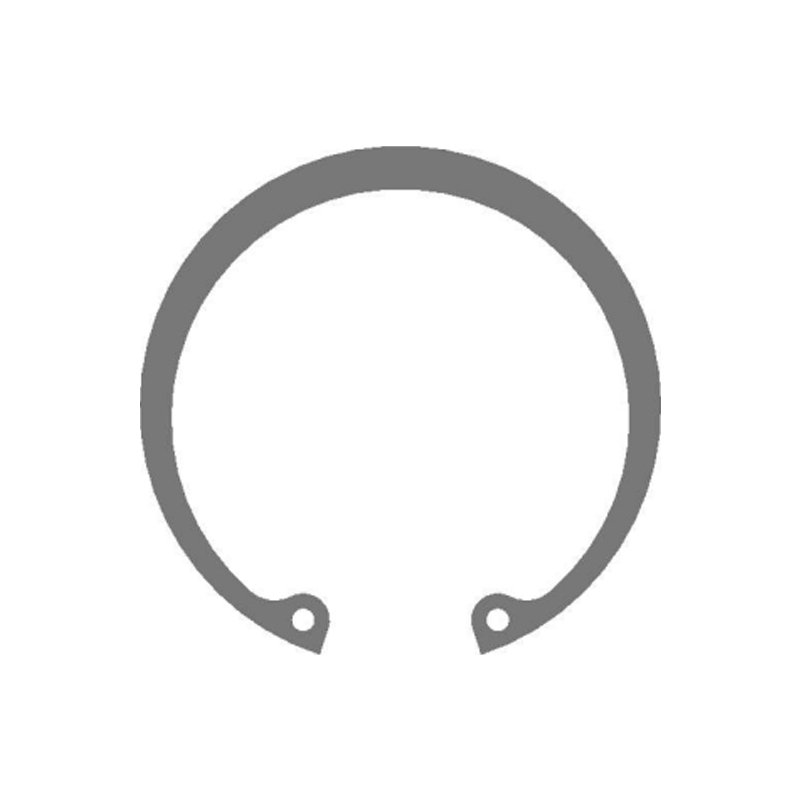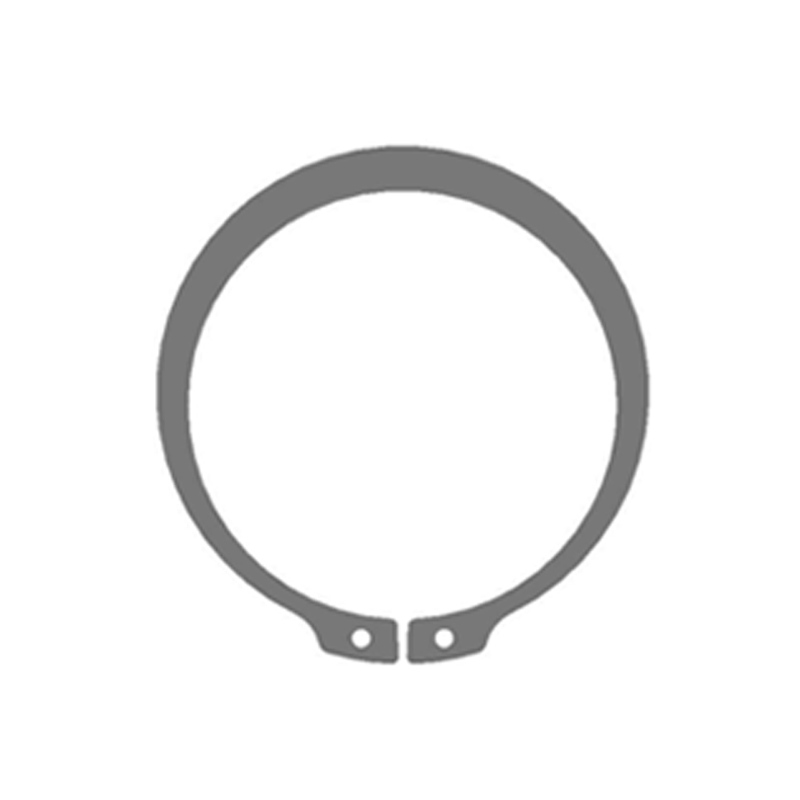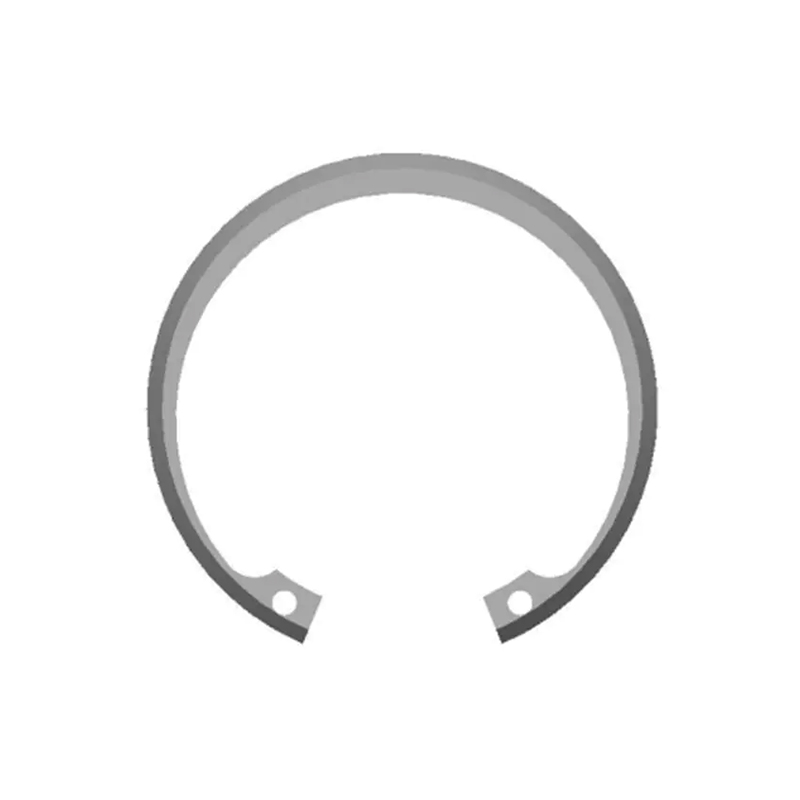Internal circlips are an essential type of retaining ring, widely applied in engineering and manufacturing to secure machine components inside a bore. These small but critical parts lock into grooves machined into the wall of a cylindrical housing, providing axial retention and preventing parts from shifting out of position. Because they are often used in assemblies exposed to vibration, high loads, and repetitive stress, their reliability is vital to the stability and safety of the entire system.
While much attention is often placed on the material quality, hardness, or spring characteristics of the circlip itself, the truth is that its effectiveness depends equally on the design of the groove into which it is fitted. A poorly designed groove can compromise the performance of even the highest-grade circlip, leading to premature wear, dislodgment, or catastrophic equipment failure. This makes groove design a fundamental consideration in mechanical engineering and product design.
The Relationship Between Groove and Circlip
The groove provides the precise seating point that allows the circlip to resist axial forces. When designed correctly, it creates an interference fit that distributes stress evenly across the contact surface, helping the circlip maintain its shape and resilience. However, when groove dimensions or machining tolerances are not accurate, the circlip may not seat securely. This can lead to misalignment, uneven load distribution, or excessive play, all of which reduce reliability.
In other words, the groove and the circlip function as a single integrated retention system. The circlip supplies the spring force, while the groove provides the structural support. If one part of this system is inadequate, the other cannot compensate.
Depth and Retention Force
Groove depth is perhaps the most critical factor in retention performance. If the groove is too shallow, the circlip cannot sit fully inside the bore. This creates a situation where the circlip is not firmly locked, leaving it prone to movement during operation. Under vibration or sudden impact, the circlip may jump out of place, allowing the retained component to shift.
Conversely, if the groove is too deep, the circlip may not engage tightly with the bore wall. Instead of exerting consistent spring pressure, it may sit loosely, providing insufficient axial restraint. This condition can be equally dangerous, as the circlip may fail to resist axial loads, causing the retained part to move unexpectedly.
The correct groove depth ensures that the circlip locks firmly in place without being overstressed. This balance between seating and spring tension is vital for long-term stability and safety.
Groove Width and Tolerance Control
In addition to depth, the groove width must correspond precisely to the thickness of the circlip. A narrow groove makes installation difficult and can cause deformation during insertion. This weakens the circlip and reduces its service life. A wide groove, on the other hand, introduces unwanted play. The circlip may shift from side to side inside the groove, creating uneven contact and stress concentration.
Tolerance control is therefore essential. Standards such as DIN, ISO, and ANSI provide detailed specifications for circlip and groove dimensions, ensuring interchangeability and consistent performance across industries. By adhering to these standards, manufacturers can guarantee that internal circlips will function reliably regardless of production variations.

Surface Finish and Contact Quality
Another often-overlooked factor is the surface finish of the groove. A rough surface can act as a stress riser, accelerating wear and potentially leading to cracking or circlip fracture. Burrs or machining marks may also interfere with proper seating. A smooth, precisely machined surface ensures that the circlip contacts the bore evenly, distributing load across its entire circumference.
The quality of the groove finish is particularly important in high-speed or high-vibration environments, such as automotive engines, gearboxes, or rotating machinery. In these applications, even a minor imperfection can lead to failure over time.
Load Distribution and Dynamic Stability
When an assembly is in motion, internal circlips must resist fluctuating axial loads. A well-designed groove ensures that these loads are distributed evenly around the circlip, preventing localized stress points. Without this balance, the circlip may deform, lose spring tension, or even shear out of the groove.
Dynamic stability also depends on groove geometry. The correct profile prevents the circlip from rocking or tilting under force, ensuring that it maintains its intended position even when subjected to repeated shocks. This stability is particularly critical in safety-sensitive applications such as braking systems, heavy machinery, or aerospace equipment.
Material and Heat Treatment Considerations
Although groove design is a geometric factor, it interacts closely with the material and heat treatment of the circlip. For example, hardened spring steel circlips require grooves with precise tolerances, as the material offers little flexibility once installed. Stainless steel circlips, while resistant to corrosion, may require different groove conditions to achieve equivalent performance.
If groove design does not account for material properties, the circlip may not perform as intended. This highlights the importance of designing the groove and selecting the circlip material as part of a single engineering decision rather than treating them separately.
Practical Implications for Engineers
In practical engineering, designing grooves for internal circlips requires balancing several considerations:
- Accuracy: Precision machining ensures that depth, width, and diameter match circlip specifications.
- Consistency: Following international standards guarantees compatibility across different suppliers and products.
- Durability: High-quality machining and finishing reduce wear and extend the lifespan of both groove and circlip.
- Safety: Proper design prevents failure that could lead to costly downtime or safety hazards.
Ignoring any of these factors can result in unreliable assemblies, frequent maintenance, or catastrophic equipment breakdowns.
Conclusion
The performance of an internal circlip cannot be judged in isolation. Its success as a retaining element depends directly on the groove into which it is installed. Groove depth, width, surface finish, and tolerance control all contribute to the security, durability, and stability of the circlip under real-world conditions. Engineers who give careful attention to groove design can achieve assemblies that resist axial loads, withstand vibration, and deliver long service life.
By treating groove design as an integral part of the retention system, industries ranging from automotive and aerospace to heavy machinery and electronics can ensure safe and reliable operation. Internal circlips may be small components, but with the right groove design, they provide a level of strength and security that is indispensable in modern mechanical engineering.

















